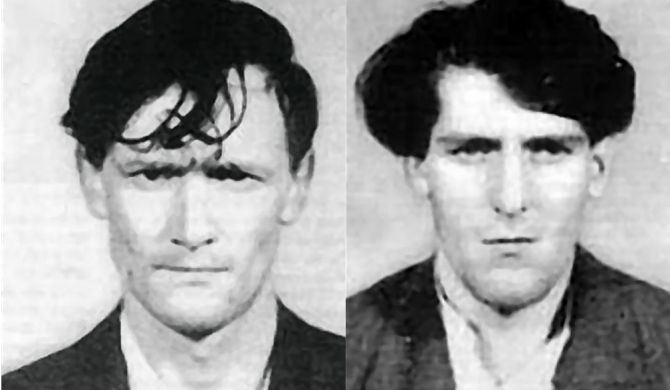Everyone has their own stance on capital punishment, some believe that if you murder someone, we should follow the eye for an eye convention and take a life in revenge. Others believe that a life in prison is worse than being executed. Others still think it’s not worth risking the death penalty because the penal system doesn’t always get it 100% spot on, and no one wants an innocent man’s blood on their hands.
Whatever your personal stance on the matter, we don’t have to worry about it in England. You might have heard the rumor that treason or arson in the royal dockyard is still punishable by death, but that’s balderdash.

The death penalty was revoked in 1965 and abolished in all circumstances in 1998. England is also a member of the European Convention of Human Rights and thanks to their 13th protocol we are never allowed to restore capital punishment for as long as we’re members.
The last men to be hanged in England were Peter Anthony Allen and Gwynne Owen Evans (see below). They murdered a bloke called John Alan West after a bungled house burglary. They were both hung in 1964 and soon after that the law was changed.

Turning back the clock a few hundred years it was a much different and darker state of affairs. The Bloody Code was a huge list of wrongdoings that could be punishable by death in the 18th and 19th centuries. In the 1660’s there were 50 capital offences, which is a fair amount, but by 1815 there were 288. That’s quite a hike, so what was going on?
☛ Read Next: Too Fat To Face Execution















